Home>Storage Ideas>Bedroom Storage>Children’s Small Bedroom Ideas: 20 Space-smart Designs
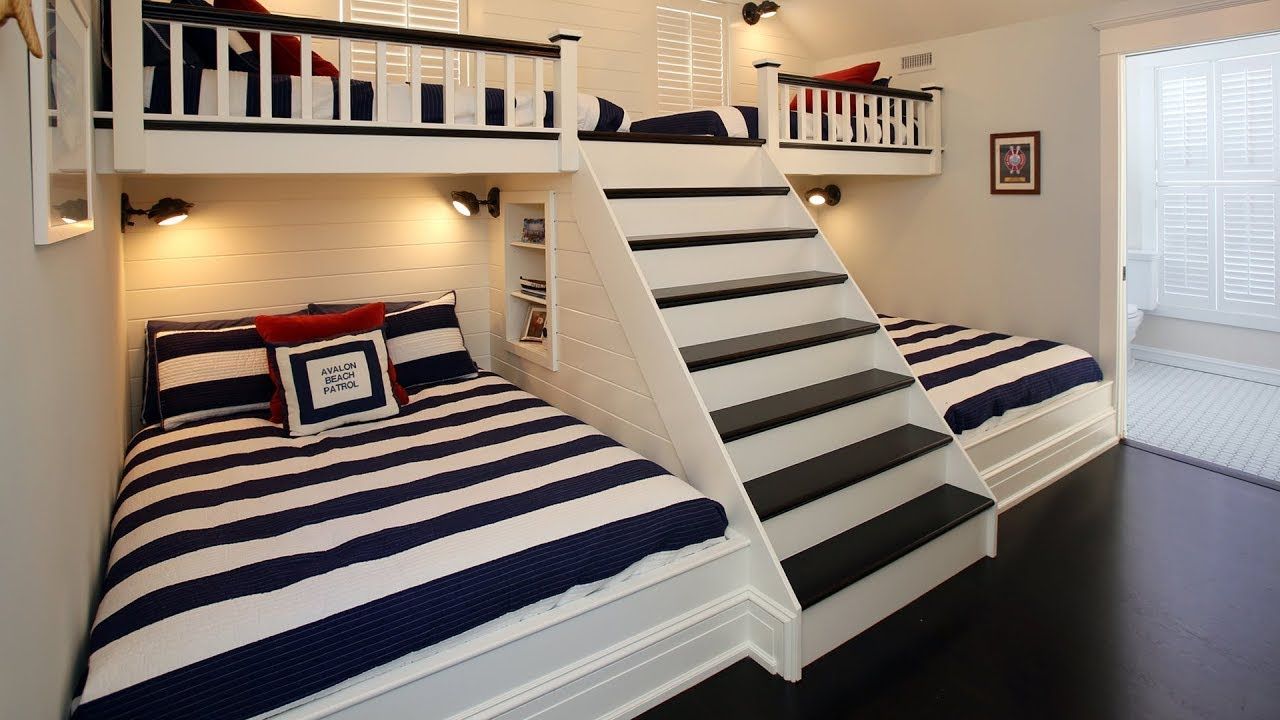

Bedroom Storage
Children’s Small Bedroom Ideas: 20 Space-smart Designs
Modified: January 6, 2024
Discover 20 space-smart designs for children's small bedrooms, featuring clever bedroom storage solutions. Transform your child's room into a clutter-free oasis with these innovative ideas.
(Many of the links in this article redirect to a specific reviewed product. Your purchase of these products through affiliate links helps to generate commission for Storables.com, at no extra cost. Learn more)
Introduction
Creating functional and stylish bedroom storage solutions can be a challenging task, especially when it comes to children’s bedrooms. As parents, we often find ourselves searching for innovative ways to optimize the limited space available and ensure our children have an organized and clutter-free environment.
A well-designed bedroom with efficient storage options not only maximizes space but also fosters a sense of order and tranquility. It provides a dedicated space for children to play, explore, and rest, promoting a healthy and balanced lifestyle.
In this article, we will explore 20 clever and space-smart designs for children’s small bedrooms. From utilizing vertical space to incorporating multifunctional furniture, these ideas will help you create a room that is both practical and visually appealing.
So let’s dive in and discover how you can transform your child’s bedroom into a haven of storage and organization!
Key Takeaways:
- Maximize every inch of space in your child’s small bedroom with clever storage solutions, multifunctional furniture, and creative design ideas to create a functional and visually appealing environment.
- Embrace the challenge of optimizing storage and creating a cozy atmosphere in a small bedroom by utilizing vertical space, incorporating themed décor, and choosing furniture with hidden compartments.
Maximize Storage Options
When it comes to small bedrooms, maximizing storage is essential to keep the space tidy and organized. Here are a few ideas to help you optimize your storage options:
- Utilize the space under the bed: Invest in bed frames with built-in drawers or utilize under-bed storage boxes. This often overlooked space can be used to store extra bedding, seasonal clothing, or toys, keeping them out of sight but easily accessible.
- Install floating shelves: Floating shelves are a great way to add storage without taking up valuable floor space. Use them to display books, toys, or decorative items.
- Utilize the back of the bedroom door: Hang an organizer or hooks on the back of the door to store hats, bags, or small accessories. This space-saving solution keeps items off the floor and easily accessible.
- Invest in storage baskets and bins: Use decorative storage baskets and bins to corral toys, shoes, or other loose items. They not only keep clutter at bay but also add a touch of style to the room.
- Maximize closet space: Install additional shelves, hanging rods, or dividers to make the most of your closet space. Use storage bins or baskets inside the closet to keep items organized and ensure everything has its designated place.
- Make use of the corners: Install corner shelves or utilize corner storage units to maximize the available space. These can be used to store books, toys, or decorative items, while also adding visual interest to the room.
By implementing these storage solutions, you can effectively utilize every inch of space in your child’s bedroom and keep the room neat and clutter-free.
Utilize Vertical Space
In small bedrooms, utilizing vertical space is key to maximizing storage and creating a visually appealing room. Here are some ideas to make the most of your vertical space:
- Install wall-mounted shelves: Instead of using floor space, opt for wall-mounted shelves to store books, toys, or decorative items. This leaves the floor clear for other furniture and creates a sense of height in the room.
- Take advantage of high ceilings: If your child’s bedroom has high ceilings, consider installing tall bookcases or storage units that reach the ceiling. This provides ample storage space without compromising the floor area.
- Hang floating cabinets: Install floating cabinets or wall-mounted cabinets to free up floor space while still adding storage. You can use them to store clothing, toys, or art supplies.
- Use hooks or pegboards: Hang hooks or install pegboards on the walls to maximize vertical storage. This allows you to hang bags, hats, or other items, keeping them within easy reach and saving valuable floor space.
- Utilize over-door storage: Hang over-door storage organizers to store shoes, accessories, or small toys. This utilizes the often-neglected space behind the bedroom door while keeping items organized and easily accessible.
- Incorporate loft beds or bunk beds: Loft beds or bunk beds not only save space but also provide additional storage options. Use the area underneath the loft bed or the bottom bunk to incorporate shelves, drawers, or a desk.
By utilizing vertical space, you can take advantage of the height in the room and create ample storage without overcrowding the floor area. This not only helps keep the bedroom organized but also gives it a visually appealing and spacious look.
Incorporate Multifunctional Furniture
In small bedrooms, utilizing multifunctional furniture is a smart way to maximize space. By incorporating pieces that serve multiple purposes, you can free up valuable floor area and create a more versatile and organized room. Here are some ideas for incorporating multifunctional furniture:
- Convertible cribs and beds: Invest in cribs that can be converted into toddler beds or daybeds. This eliminates the need for separate furniture as your child grows. Similarly, opt for beds with built-in trundles or storage drawers.
- Sofa beds or futons: If the bedroom also doubles as a playroom or a guest room, consider using a sofa bed or a futon. This provides a seating option during the day and a comfortable sleeping area at night.
- Storage benches or ottomans: Choose seating options that double as storage. Storage benches or ottomans with hidden compartments offer a place to sit while also providing storage for blankets, toys, or other items.
- Desks with built-in storage: Opt for desks that have shelves, drawers, or compartments built into them. This allows for efficient storage of school supplies, books, or art materials.
- Bookshelf headboards: Instead of a traditional headboard, choose a bed frame with built-in bookshelves. This creates additional storage space for books, toys, or decorative items.
- Folding tables and chairs: If space is limited, consider using folding tables or chairs that can be easily stored away when not in use. This frees up floor space and allows for more flexibility in the room’s layout.
By incorporating multifunctional furniture into your child’s bedroom, you can optimize space, create a more organized environment, and provide versatile options for various activities. It’s a practical and efficient way to make the most of a small room.
Opt for Bunk Beds or Loft Beds
Bunk beds and loft beds are excellent space-saving solutions for small bedrooms. They not only provide additional sleeping areas but also create valuable vertical space for storage or other functional purposes. Here are some reasons to consider bunk beds or loft beds:
- Maximize floor space: By stacking one bed on top of another, bunk beds instantly free up floor space that would have been occupied by a second bed.
- Accommodate multiple children: Bunk beds are ideal for shared bedrooms or for hosting sleepovers. They allow you to accommodate two or more children in a single bedroom without compromising on comfort.
- Create a designated play area: Loft beds, which have a raised bed with open space underneath, offer the opportunity to create a designated play area or study nook. You can place a desk, bookshelves, or play furniture underneath the loft bed, maximizing the room’s functionality.
- Incorporate built-in storage: Many bunk beds and loft beds come with built-in storage features such as drawers, shelves, or cubbies. This allows you to store clothes, toys, or other items right within the bed structure, eliminating the need for additional storage furniture.
- Add a sense of adventure: Bunk beds, especially for younger children, can evoke a sense of adventure and make bedtime more exciting. Many bunk bed designs resemble forts, castles, or even vehicles, turning bedtime into a cherished imaginative experience.
When choosing bunk beds or loft beds, be sure to consider safety features such as guardrails, sturdy construction, and age-appropriate designs. It’s essential to prioritize the safety and comfort of your children while enjoying the space-saving benefits these beds provide.
Bunk beds and loft beds are not only practical but can also add a touch of fun and character to a child’s bedroom. They allow you to make the most of vertical space while creating functional and stylish sleeping arrangements.
Create a Cozy Reading Nook
A cozy reading nook is a fantastic addition to a small bedroom. It offers a dedicated space for relaxation, exploration, and a love for books. Here are some tips to create a delightful reading nook:
- Select a comfortable seating option: Choose a cozy chair, bean bag, or floor cushions for your child to sit on while enjoying their books. Comfort is key to encourage long reading sessions.
- Add soft and plush materials: Enhance the coziness factor by including soft pillows, throws, or a plush rug in the reading nook. These materials make the space inviting and warm.
A cozy reading nook is not only a functional area for reading but also a calming retreat for your child. It nurtures a love for books, encourages imagination, and provides a quiet escape within the confines of a small bedroom.
Remember to periodically update the reading nook with new books, rotate the selection, and create a comfortable and inviting space that your child will look forward to using regularly.
Use Bright and Playful Colors
The color scheme you choose for a small bedroom can significantly impact its perceived size and overall ambiance. When it comes to children’s bedrooms, incorporating bright and playful colors can create a vibrant and stimulating environment. Here’s how to make the most of color in a small bedroom:
- Choose light and neutral shades for the walls: Light colors such as white, pastels, or soft neutrals can make a room feel more spacious and airy. They reflect natural light, giving the illusion of a larger space.
- Add pops of vibrant colors: Inject energy and playfulness by incorporating pops of bright colors throughout the room. This can be through bedding, rugs, curtains, or colorful furniture pieces.
- Consider a feature wall: Paint one wall with a bold and vibrant color or use wallpaper with a fun pattern to create a focal point in the room. This adds visual interest without overwhelming the space.
- Opt for colorful accessories: Use colorful accessories like throw pillows, wall art, or curtains to introduce playful elements into the room. These accents can be easily changed as your child’s preferences evolve.
- Involve your child in the color selection: Let your child be a part of the decision-making process. Allow them to choose their favorite colors or themes to create a room that reflects their personality and brings them joy.
Using bright and playful colors in a small bedroom can create a lively and inviting atmosphere. It can energize the space while also promoting creativity and imagination. Just be mindful of striking a balance between vibrant and neutral tones to avoid overwhelming the room.
Remember, colors have the power to influence mood and emotions, so choose hues that create a positive and happy environment for your child. With the right color scheme, even a small bedroom can become a cheerful and inspiring haven for your little one.
Customize the Space with Themed Décor
Customizing the décor of a small bedroom with a theme adds a touch of personalization and creates a cohesive and engaging environment. Whether it’s their favorite movie, a beloved cartoon character, or a specific interest, incorporating a theme can make the room feel special and unique. Here’s how to customize the space with themed décor:
- Select a theme that resonates with your child: Discuss with your child their interests and passions. It could be a specific sport, animals, outer space, princesses, superheroes, or any other theme that captures their imagination.
- Choose bedding and curtains that reflect the theme: Opt for bedding and curtains that feature patterns or designs related to the chosen theme. This immediately sets the tone for the room and creates a focal point.
- Add themed wall decals or wallpaper: Use removable wall decals or wallpaper to bring the theme to life on the walls. This adds visual interest and can be easily changed as your child’s preferences evolve.
Customizing the space with a themed décor not only adds visual interest but also helps create a space that reflects your child’s interests and personality. By involving them in the decision-making process, you can create a room that they will truly love and feel connected to.
Remember to allow flexibility within the theme so that the room can grow with your child. As their interests evolve, you can easily update and adapt the décor to reflect their changing preferences.
Make Use of Wall Space for Organization
In a small bedroom, maximizing wall space for organization is essential to keep the room clutter-free and functional. Here are some tips to make the most of your wall space:
- Install a pegboard: A pegboard is a versatile and customizable organization solution. Mount it on the wall and use hooks and pegs to hang toys, hats, bags, or other frequently used items. This not only keeps the floor clear but also adds a visual element to the room.
- Hang wall pockets or fabric organizers: Wall pockets or fabric organizers can be hung on the wall to store small items such as art supplies, hair accessories, or small toys. These pocket organizers are convenient and help keep everything easily accessible.
- Utilize wall-mounted shelves: Install wall-mounted shelves to store books, photo frames, or decorative items. This frees up valuable floor space and adds a stylish element to the room. Arranging items on the shelves in an organized and visually pleasing manner can also serve as a design feature.
- Hang a magnetic board: Use a magnetic board to display artwork, important notes, or reminders. This creates a functional wall space and eliminates the need for bulletin boards or excessive paper clutter.
- Incorporate a wall-mounted organizer: Choose a wall-mounted organizer with hooks, pockets, or shelves to store school bags, jackets, hats, or shoes. This keeps everyday essentials within easy reach and reduces clutter on the floor or furniture.
- Implement a wall-mounted bookshelf: A wall-mounted bookshelf is a great space-saving solution for storing books. Take advantage of vertical space and install a bookshelf that extends from floor to ceiling, or opt for floating bookshelves to display your child’s favorite reading materials.
By utilizing wall space for organization, you not only maximize storage but also create a visually appealing and functional room. It keeps items within reach, reduces clutter on the floor, and adds the opportunity to incorporate design elements that complement the overall style of the room.
When organizing with wall-mounted solutions, be mindful of the height and accessibility for your child. Ensure that items are within their reach and that the organization system is child-friendly and easy to maintain.
Install a Pegboard for Easy Access to Toys and Supplies
A pegboard is a versatile and efficient storage solution that can be used in a small bedroom to keep toys, supplies, and other items within easy reach. Here’s how installing a pegboard can benefit your child’s room:
- Maximize vertical space: By mounting a pegboard on the wall, you free up valuable floor space. This is especially useful in small bedrooms where every square inch counts.
- Customizable organization: Pegboards feature a grid of evenly spaced holes, allowing you to customize the placement of hooks and organizers. This ensures that you can arrange your child’s toys or supplies in a way that suits their preferences and needs.
- Easy access to items: With a pegboard, your child’s favorite toys, art supplies, and other items are readily visible and accessible. This promotes independent play and encourages them to keep their belongings organized.
- Versatile storage: Pegboards can accommodate various hooks, baskets, and shelves, providing a variety of storage options for different types of toys and supplies. You can easily switch and rearrange the accessories as your child’s interests change.
- Visual appeal: Pegboards come in a range of colors and materials, allowing you to choose one that complements the room’s aesthetic. They can add a fun and decorative element to the space while keeping it organized.
- Encourages creativity: A pegboard provides a unique and visually appealing display for your child’s toys or art supplies. It can inspire creativity and serve as a backdrop for imaginative play or artwork.
When installing a pegboard, ensure that it is securely mounted to the wall using appropriate hardware. This will ensure the safety and stability of the storage system.
By installing a pegboard, you can effectively utilize wall space, keep toys and supplies organized, and create a visually appealing and functional area in your child’s small bedroom.
Implement a Fold-Down Desk or Table
In a small bedroom, optimizing space is crucial, especially when it comes to creating a designated area for studying or other activities. Implementing a fold-down desk or table is a practical and space-saving solution. Here’s why it can be beneficial:
- Maximize floor space: A fold-down desk or table can be easily folded up and tucked away when not in use, freeing up valuable floor space. This is particularly advantageous in smaller bedrooms where every square inch counts.
- Provides a functional workspace: When unfolded, the desk or table provides a dedicated surface for studying, doing homework, or engaging in creative activities. It offers a comfortable and organized space where your child can focus on their tasks.
- Customizable design: Fold-down desks and tables come in various styles and sizes, allowing you to choose one that fits your child’s needs and the room’s aesthetics. You can find options with built-in storage or shelves for further organization.
- Flexibility and versatility: A fold-down desk or table can serve multiple purposes beyond just studying. It can be used as a craft table, a gaming station, or a place for hobbies. The versatility of the space allows it to adapt to your child’s changing interests.
- Promotes organization: With a dedicated workspace, your child can develop good organizational habits. They can keep their study materials, supplies, and books stored neatly within the desk or utilize nearby storage solutions to maintain a clutter-free environment.
- Encourages independence: Having their own fold-down desk or table gives children a sense of ownership and independence. They can take responsibility for keeping their workspace tidy and have a designated area for their academic or creative pursuits.
When implementing a fold-down desk or table, ensure that it is securely mounted and has proper support to safely hold the weight of the items placed on it. It’s important to choose a sturdy piece that can withstand regular use.
A fold-down desk or table is an excellent solution for optimizing space in a small bedroom. It provides a functional workspace while allowing flexibility and adaptability to suit your child’s needs and interests.
Consider using multifunctional furniture such as bunk beds with built-in storage or a loft bed with a desk underneath to maximize space in a small children’s bedroom. This will help create a more organized and functional space for play and study.
Embrace Minimalist Design
In a small bedroom, embracing a minimalist design aesthetic can work wonders in creating a clean, organized, and visually spacious environment. Here’s why you should consider embracing minimalist design:
- Maximize space: By keeping the room clutter-free and only incorporating essential furniture and decor, you can maximize the available space. This helps create an open and spacious feel, even in a small bedroom.
- Reduce visual distractions: Minimalist design focuses on simplicity and clean lines, which helps reduce visual distractions. This allows the eyes to rest and creates a serene and calming atmosphere, promoting peace and relaxation in the room.
- Promote organization: With a minimalist approach, there is less room for clutter to accumulate. This encourages a more organized lifestyle, as everything has its designated place and purpose.
- Create a timeless style: Minimalist design is known for its timeless appeal. By opting for neutral colors, simple furniture, and clean aesthetics, you can create a bedroom that will remain visually appealing and relevant for years to come.
- Enhance functionality: Minimalism prioritizes functionality and practicality. By selecting furniture and storage solutions that are streamlined and efficient, you can optimize the functionality of the room without sacrificing style.
- Foster a sense of calm: A clutter-free and minimalist environment has a calming effect on the mind. It reduces visual noise and creates a peaceful ambiance, which is beneficial for both relaxation and concentration.
When embracing minimalist design, consider using furniture with hidden storage compartments to further declutter the space. This allows you to store items out of sight while maintaining the clean aesthetic.
Remember, minimalist design doesn’t mean you have to sacrifice personal style or warmth. Add a few carefully selected decorative elements, such as a statement piece of artwork or a cozy throw blanket, to create a sense of personality and comfort in the room.
By embracing a minimalist design approach, you can transform your child’s small bedroom into a harmonious and stylish space that promotes tranquility and organization.
Install Built-In Shelves and Cabinets
When it comes to maximizing storage in a small bedroom, installing built-in shelves and cabinets is a smart and efficient solution. Here’s why incorporating built-in storage is beneficial:
- Optimize vertical space: Built-in shelves and cabinets utilize vertical space, allowing you to make the most of the available wall area. This frees up floor space and provides ample storage for books, toys, clothing, and other items.
- Create a seamless look: Unlike freestanding furniture, built-in shelves and cabinets blend seamlessly with the room’s design and architecture. They offer a clean and cohesive look that enhances the overall aesthetic of the space.
- Customize to your needs: Built-in storage can be customized to meet your specific storage requirements. You can incorporate shelves of varying sizes to accommodate different items and create a tailored storage solution that suits your child’s needs.
- Maximize storage capacity: Since built-in shelves and cabinets are designed to fit the available space, they can utilize every nook and cranny effectively. This ensures you can maximize storage capacity without wasting any valuable space in the room.
- Hide clutter and maintain organization: Built-in storage provides a designated place for everything, allowing you to hide clutter and maintain a neat and organized bedroom. It’s easier to keep belongings tidy when they have designated storage compartments.
- Display decorative items: Along with practical storage, built-in shelves offer an opportunity to display decorative items such as books, framed photos, or favorite toys. This adds a personal touch and creates visual interest in the room.
When installing built-in shelves and cabinets, consider the height and accessibility for your child. Ensure that shelves are within their reach and cabinets have child-friendly hardware or locks for safety.
By incorporating built-in shelves and cabinets into a small bedroom, you can effectively utilize vertical space, increase storage capacity, and create a clean and organized environment for your child.
Design a Space-Saving Closet System
A space-saving closet system is essential for efficient organization in a small bedroom. By optimizing your closet space, you can create more room for storage and make the most of the available area. Here are some tips to design a space-saving closet system:
- Utilize vertical space: Install additional shelves or hanging rods to utilize vertical space within the closet. This allows for more efficient storage and maximizes the use of the closet’s height.
- Invest in adjustable organizers: Consider using adjustable shelving units or modular organizers that can be customized to fit your child’s changing storage needs. These allow you to adapt the closet system as they grow and their storage requirements evolve.
- Use slim hangers: Opt for slim hangers to save space and maximize the hanging capacity within the closet. These take up less space, allowing you to hang more clothing items in a limited area.
- Install pull-out accessories: Incorporate pull-out accessories such as sliding shelves or baskets, shoe racks, or pull-out pants racks. These add functionality and make it easier to access items within the closet without the need to dig through piles of clothes.
- Create designated storage zones: Divide the closet into different zones based on items such as clothing, shoes, accessories, and toys. This creates a system where everything has its designated place, making it easier to find and store items, while also maximizing the available space.
- Consider utilizing the closet doors: Install hooks or hanging organizers on the inside of the closet doors to further maximize storage space. This can be used for hanging bags, belts, jewelry, or other accessories.
When designing a space-saving closet system, it’s important to declutter regularly and only keep items that are used or loved. This ensures that the space remains organized and efficient.
By implementing a well-designed space-saving closet system, you can create a tidy and functional storage solution for your child’s small bedroom. It maximizes the use of available space and ensures that clothing, accessories, and other items are easily accessible and well-organized.
Use Curtains or Screens to Create Separate Areas
In a small bedroom, creating separate areas for different activities or functions can help organize the space and provide a sense of privacy. One way to achieve this is by using curtains or screens. Here’s why incorporating curtains or screens can be beneficial:
- Define functional areas: Curtains or screens can be used to visually separate different areas of the bedroom, such as a sleep area, a study corner, or a play zone. This helps create distinct spaces within the limited square footage.
- Flexible and portable: Curtains or screens offer flexibility as they can be easily moved or adjusted to suit your changing needs. This makes it convenient to rearrange the room or adapt the space as your child grows and their activities evolve.
- Add a decorative element: Curtains or screens come in a variety of colors, patterns, and styles. By selecting ones that complement the room’s aesthetic, you can add a decorative element to the space while creating functional divisions.
- Create a sense of privacy: Curtains or screens can provide a sense of privacy within a shared bedroom or when siblings are occupying the space. They offer a visual barrier that can help separate personal areas and provide a sense of personal space for each child.
- Control natural light and noise: Curtains or screens can also help control natural light and reduce noise between different areas of the room. This can be especially beneficial if your child needs a quiet study area or a dimly lit space for relaxation.
When using curtains or screens, consider the material and thickness to ensure that they effectively create the desired separation. Opt for lightweight fabrics that allow light through if you want to maintain a sense of openness and avoid making the room feel smaller.
By incorporating curtains or screens, you can effectively divide a small bedroom into functional areas, add a decorative touch, and provide a sense of privacy for your child. It’s a versatile and portable solution that allows you to maximize the space according to your specific needs.
Incorporate a Floating Shelf or Wall-Mounted Bookshelf
In a small bedroom, every inch of space counts, making it essential to utilize vertical areas for storage. One effective solution is to incorporate a floating shelf or wall-mounted bookshelf. Here’s why it can be a valuable addition:
- Maximize wall space: Floating shelves or wall-mounted bookshelves utilize vertical wall space, providing additional storage without occupying valuable floor area in the room. They allow you to make the most of the available wall space, which is often underutilized.
- Showcase books and décor: A wall-mounted bookshelf not only serves as a practical storage solution but also acts as a display area. It allows you to showcase your child’s favorite books, toys, or decorative items, adding visual interest to the room.
- Easy accessibility: With a floating shelf or wall-mounted bookshelf, your child’s books and belongings are within easy reach. This promotes independence and encourages a love for reading when they can easily select their favorite books on their own.
- Organization and decluttering: Having a dedicated shelving unit helps keep books and items organized, minimizing clutter in the room. You can assign specific shelves for different categories or subjects, making it easier to find and maintain order.
- Customizable and versatile: Floating shelves and wall-mounted bookshelves come in various sizes and designs, allowing you to choose one that best fits your child’s needs and the room’s aesthetics. You can opt for a single shelf or install multiple shelves to create a whole wall storage display.
- Space for study or display: A floating shelf or wall-mounted bookshelf can double as a study area or a small workspace. By placing a desk or a chair underneath the shelf, you can create a functional and compact area for your child to focus on their studies.
When installing a floating shelf or wall-mounted bookshelf, ensure that it is securely mounted to the wall with appropriate hardware. This ensures the safety and stability of the storage unit.
By incorporating a floating shelf or wall-mounted bookshelf, you can effectively utilize vertical wall space, showcase books and décor, and create an organized and visually appealing storage solution in your child’s small bedroom.
Create a Built-In Bed with Hidden Storage Underneath
When it comes to maximizing storage in a small bedroom, creating a built-in bed with hidden storage underneath is a genius solution. It not only provides a comfortable sleeping area but also offers valuable hidden storage space. Here’s why you should consider this design:
- Utilize the entire bed space: A built-in bed with hidden storage takes advantage of the entire bed space, making use of every inch. This is especially beneficial in small bedrooms where space is limited, allowing you to maximize the storage potential.
- Efficient storage solution: The hidden storage underneath the bed provides ample space for storing bedding, out-of-season clothing, shoes, toys, or other items. It keeps these belongings neatly tucked away yet easily accessible when needed.
- Declutter the room: When belongings are stored out of sight underneath the bed, it helps keep the room tidy and organized. The hidden storage reduces visual clutter and creates a clean and streamlined look in the bedroom.
- Create a seamless design: A built-in bed with hidden storage is seamlessly integrated into the room’s design. It can be customized to match the style and aesthetic of the space, creating a cohesive and visually pleasing look.
- Maximize floor space: With hidden storage underneath the bed, you can free up valuable floor space that would otherwise be occupied by separate storage units. This creates a more open and spacious feel in the room.
- Promote functionality: The hidden storage beneath the bed offers convenient access to frequently used or seasonal items. This makes it easier to stay organized and ensures that everything has its designated place.
When designing a built-in bed with hidden storage, consider incorporating drawers, pull-out compartments, or lift-up hydraulic mechanisms for easy access to the storage area. Additionally, choose high-quality materials and hardware to ensure durability and safety.
By creating a built-in bed with hidden storage underneath, you can effectively utilize the bed space, declutter the room, and provide a cozy and functional sleeping area in a small bedroom.
Read more: 15 Smart DIY Small Bedroom Storage Ideas
Opt for a Trundle Bed for Sleepovers
When it comes to accommodating sleepovers or providing extra sleeping space in a small bedroom, a trundle bed is a fantastic solution. It offers a convenient and space-saving way to provide additional beds without sacrificing valuable floor space. Here’s why you should consider opting for a trundle bed:
- Maximize sleeping capacity: A trundle bed consists of a main bed with a smaller bed tucked underneath. When needed, the smaller bed can be pulled out and raised to the same height as the main bed, creating an additional sleeping space without taking up extra floor space.
- Space-saving design: The trundle bed design is specifically tailored for small bedrooms. It allows you to have two beds in the same footprint as a single bed, making it an efficient use of space.
- Convenience for sleepovers: With a trundle bed, you can easily accommodate guests for sleepovers or provide a comfortable sleeping area for relatives or friends. It eliminates the need for inflatable mattresses or cumbersome rollout beds.
- Efficient storage when not in use: When the trundle bed is not in use, it can be conveniently rolled back under the main bed. This frees up valuable floor space and allows for easy cleaning and movement within the room.
- Flexible usage: The lower trundle bed can also be used as a storage option when not in use for sleeping. You can use it to store extra bedding, pillows, or other items, eliminating the need for separate storage furniture.
- Promote a comfortable sleep area: Trundle beds are typically designed with comfort in mind. Choose mattresses for both the main bed and trundle that offer supportive and comfortable sleep surfaces.
When selecting a trundle bed, consider the quality and durability of the frame and mattresses. Look for models that are easy to maneuver and have sturdy construction to ensure safety and long-term use.
A trundle bed is a practical and space-saving solution for accommodating sleepovers in a small bedroom. It provides extra sleeping space when needed and keeps the room clutter-free and functional during the day.
Use Under-Bed Storage Solutions
In a small bedroom, utilizing the space under the bed is crucial for maximizing storage options. Under-bed storage solutions provide a practical and efficient way to keep items organized and out of sight. Here’s why you should consider using under-bed storage:
- Maximize unused space: The area under the bed is often overlooked but provides valuable and accessible storage space. By using under-bed storage solutions, you can make the most of this otherwise unused area and free up other storage spaces in the room.
- Store seasonal or infrequently used items: Under-bed storage is ideal for storing items that are not needed on a daily basis, such as seasonal clothing, extra bedding, or holiday decorations. It keeps these items close at hand yet tucked away until they are needed.
- Organize toys and belongings: Under-bed storage is an excellent solution for organizing your child’s toys, books, or other belongings. Use storage bins, boxes, or rolling drawers to categorize and store items, making clean-up and retrieval easier for your child.
- Keep the room clutter-free: Utilizing under-bed storage reduces visual clutter in the bedroom. It ensures that items are contained and hidden from view, creating a clean and organized space.
- Create a streamlined look: Under-bed storage solutions help maintain a streamlined look in the room by eliminating the need for additional bulky furniture or storage units. This gives the illusion of a larger and more open space.
- Easy access and maintenance: Under-bed storage allows for easy access to stored items, as they can be conveniently pulled out or lifted up when needed. It also makes cleaning the room a breeze by providing a clear floor space.
When using under-bed storage solutions, consider using storage containers with lids or covers to protect items from dust or moisture. Choose containers that are easy to slide in and out from under the bed or opt for bed frames with built-in drawers for a seamless storage solution.
Under-bed storage is a practical and space-saving option for organizing and decluttering a small bedroom. It helps maximize storage capacity while keeping the room tidy and functional.
Choose Furniture with Hidden Compartments
When it comes to optimizing storage in a small bedroom, furniture with hidden compartments provides a clever and efficient solution. By choosing furniture pieces that offer hidden storage compartments, you can maximize space while maintaining a clean and organized look. Here’s why you should consider furniture with hidden compartments:
- Maximize storage capacity: Furniture with hidden compartments adds valuable storage space without taking up additional floor area. It allows you to store items out of sight while keeping them easily accessible when needed.
- Utilize space efficiently: Hidden compartments in furniture make use of underutilized or wasted space, such as the bottom of a bed, a sofa, or a coffee table. This allows you to optimize storage in areas that would otherwise go unused.
- Maintain a clutter-free environment: By storing items in hidden compartments, you can keep the room free from visual clutter. Everything has a designated place, making it easier to maintain a clean and organized environment.
- Enhance the aesthetic: Furniture with hidden compartments offers a sleek and streamlined look. The storage compartments are seamlessly integrated without compromising the overall design or style of the furniture piece.
- Increased functionality: Hidden compartments provide additional functionality to furniture pieces. For example, a bed with hidden storage can store extra bedding or seasonal clothing, while a coffee table with a hidden compartment can keep remote controls or magazines out of sight.
- Protection and security: Furniture with hidden compartments can offer a level of protection and security for valuable or sensitive items. It provides a discreet and secure storage space, keeping belongings safe and away from prying eyes.
When choosing furniture with hidden compartments, consider factors such as quality of construction, ease of access, and stability. Ensure that the compartments are well-designed and properly secured to prevent accidents or damage.
Furniture with hidden compartments is a smart investment for small bedrooms, as it maximizes storage space, maintains a clutter-free environment, and adds a touch of sophistication to the room’s design.
Make Use of the Space Above the Door
In a small bedroom, utilizing every inch of available space is essential for efficient storage solutions. One often overlooked area is the space above the door. By making use of this empty space, you can add extra storage or decorative elements to the room. Here’s why you should consider utilizing the space above the door:
- Maximize vertical space: The space above the door is a vertical area that is typically left unused. By installing shelves, a hanging organizer, or decorative baskets above the door, you can maximize the vertical space and free up valuable wall area.
- Add functional storage: Use this space to add additional storage for items such as books, baskets for small accessories, or boxes for seasonal clothing. This allows you to keep frequently used or less frequently accessed items organized and within reach, without taking up precious floor or wall space.
- Display decorative items: The space above the door provides a unique area to display decorative elements. Showcase artwork, plants, or decorative accents that enhance the room’s aesthetic and reflect your child’s personality.
- Create a visual focal point: Utilizing the space above the door draws the eye upwards, creating a visual focal point in the room. This adds interest and dimension to the overall design, making the room feel more visually engaging and spacious.
- Hide clutter and maintain organization: Using this space allows you to keep clutter out of sight and maintain a clean and organized bedroom. You can store items that are not frequently used or that you prefer to keep out of direct view.
- Customize with style: Choose shelves or other storage solutions that match the room’s decor and style. Consider colors, materials, and designs that complement the overall aesthetic and make a cohesive statement in the room.
When utilizing the space above the door, ensure that the shelving or storage solution is securely mounted and can bear the weight of the items you plan to store. It’s also important to consider accessibility to ensure ease of use and maintenance.
Making use of the space above the door offers a smart and creative way to maximize storage, display decorative items, and add visual interest to a small bedroom. It’s an often underutilized area that can make a significant difference in the functionality and aesthetics of the room.
Read more: How To Store Children’s Toys In Living Room
Conclusion
Creating a functional and organized bedroom in a small space requires careful planning and utilizing every available opportunity for storage. By incorporating the ideas mentioned in this article, you can transform your child’s small bedroom into a space-smart haven.
Maximizing storage options, utilizing vertical space, incorporating multifunctional furniture, and implementing smart design solutions can make a significant difference in the functionality and aesthetics of the room. From maximizing closet space to creating hidden storage compartments, each tip offers a unique way to optimize the limited space in a small bedroom.
By embracing bright and playful colors, incorporating themed décor, and creating separate areas with curtains or screens, you can add personality and fun to the room. Additionally, utilizing under-bed storage, installing floating shelves or wall-mounted bookshelves, and making use of the space above the door helps effectively utilize vertical areas for storage.
Lastly, choosing furniture with hidden compartments, opting for a trundle bed, and embracing minimalist design all contribute to creating a clean, organized, and visually appealing bedroom.
Remember, a well-designed small bedroom can offer just as much functionality and style as a larger space. By implementing these tips, you can transform your child’s small bedroom into a functional and inviting space where they can sleep, study, play, and dream.
Embrace the challenge of optimizing storage and creating a cozy atmosphere. With creativity, thoughtful planning, and consideration for your child’s needs, you can create a bedroom that is not only optimized for storage but also provides a comfortable and inspiring environment.
Frequently Asked Questions about Children's Small Bedroom Ideas: 20 Space-smart Designs
Was this page helpful?
At Storables.com, we guarantee accurate and reliable information. Our content, validated by Expert Board Contributors, is crafted following stringent Editorial Policies. We're committed to providing you with well-researched, expert-backed insights for all your informational needs.
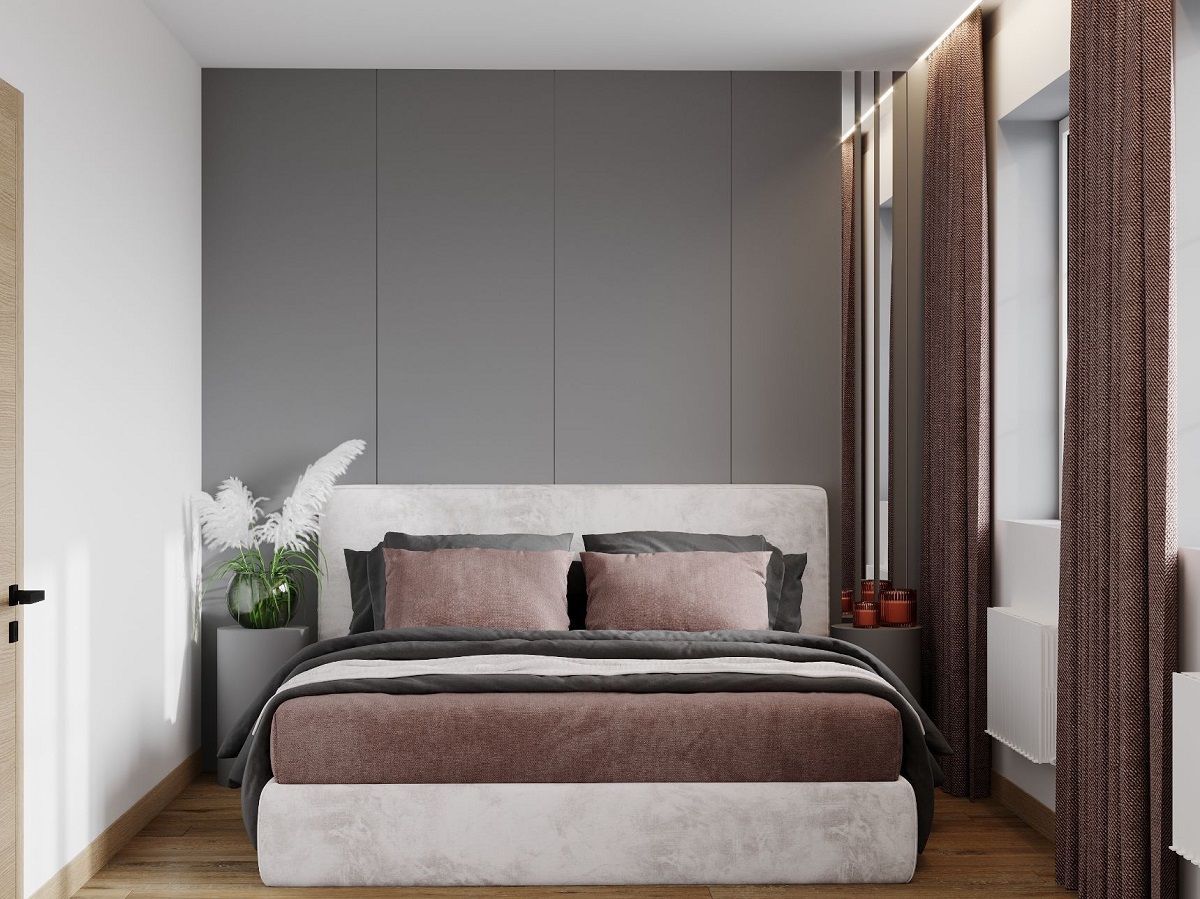
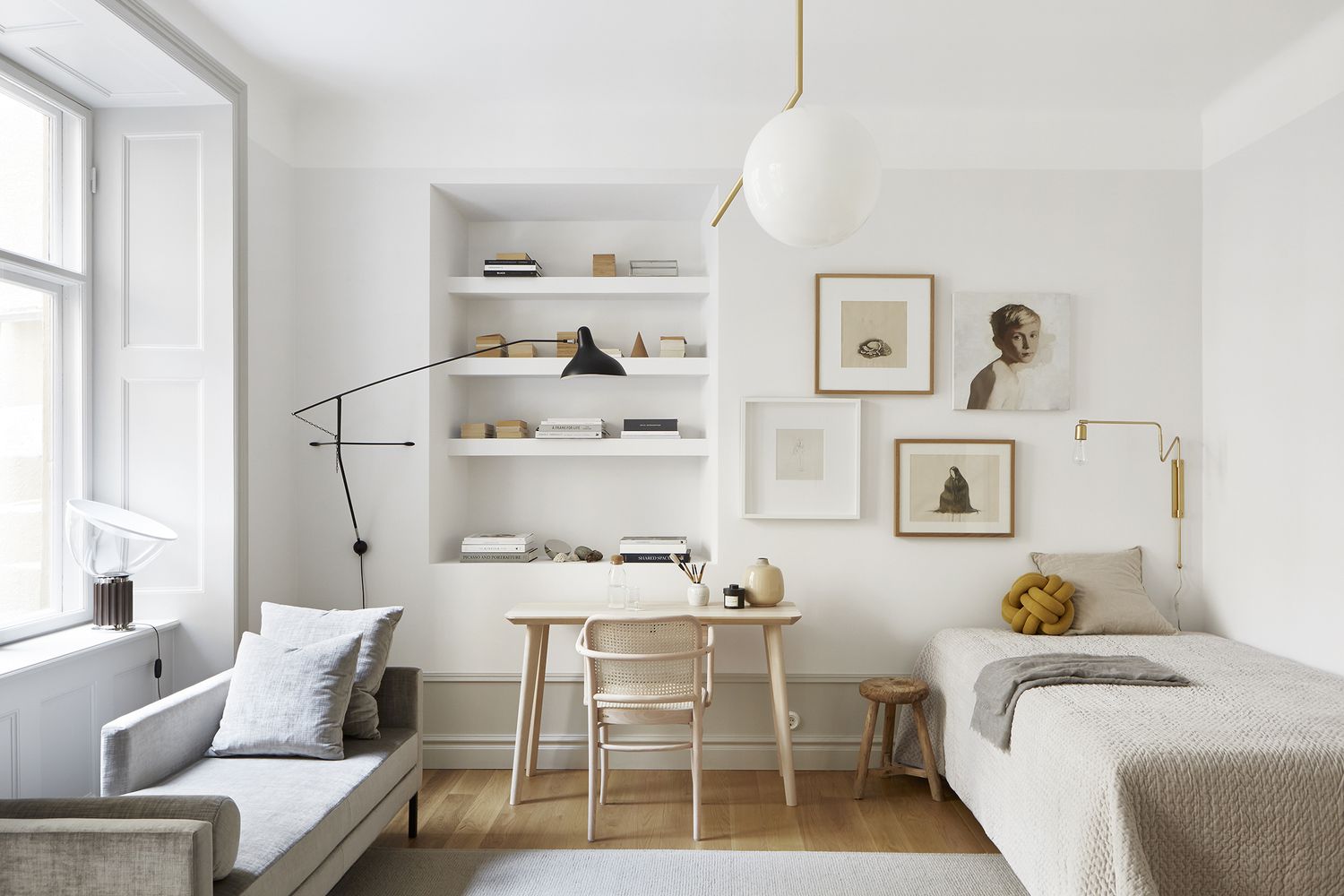
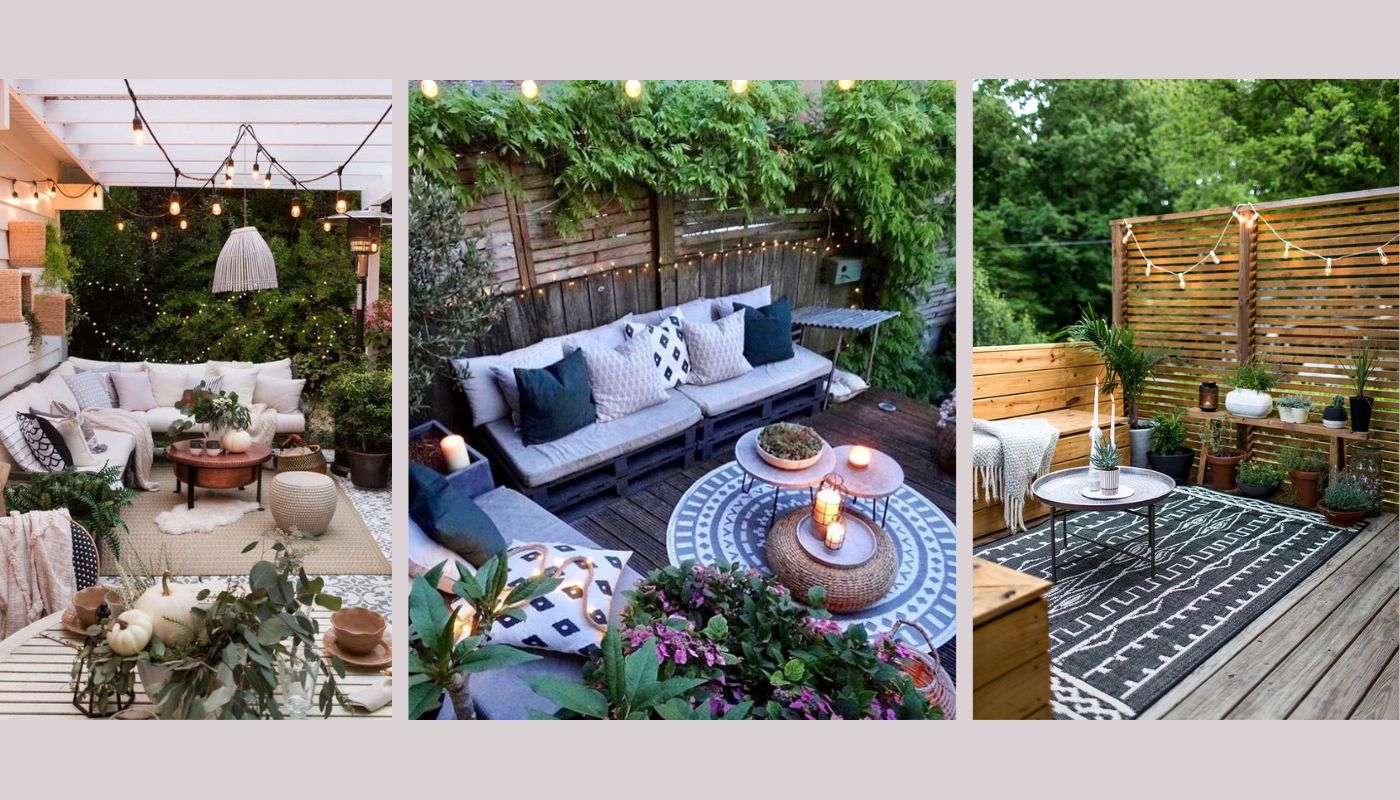
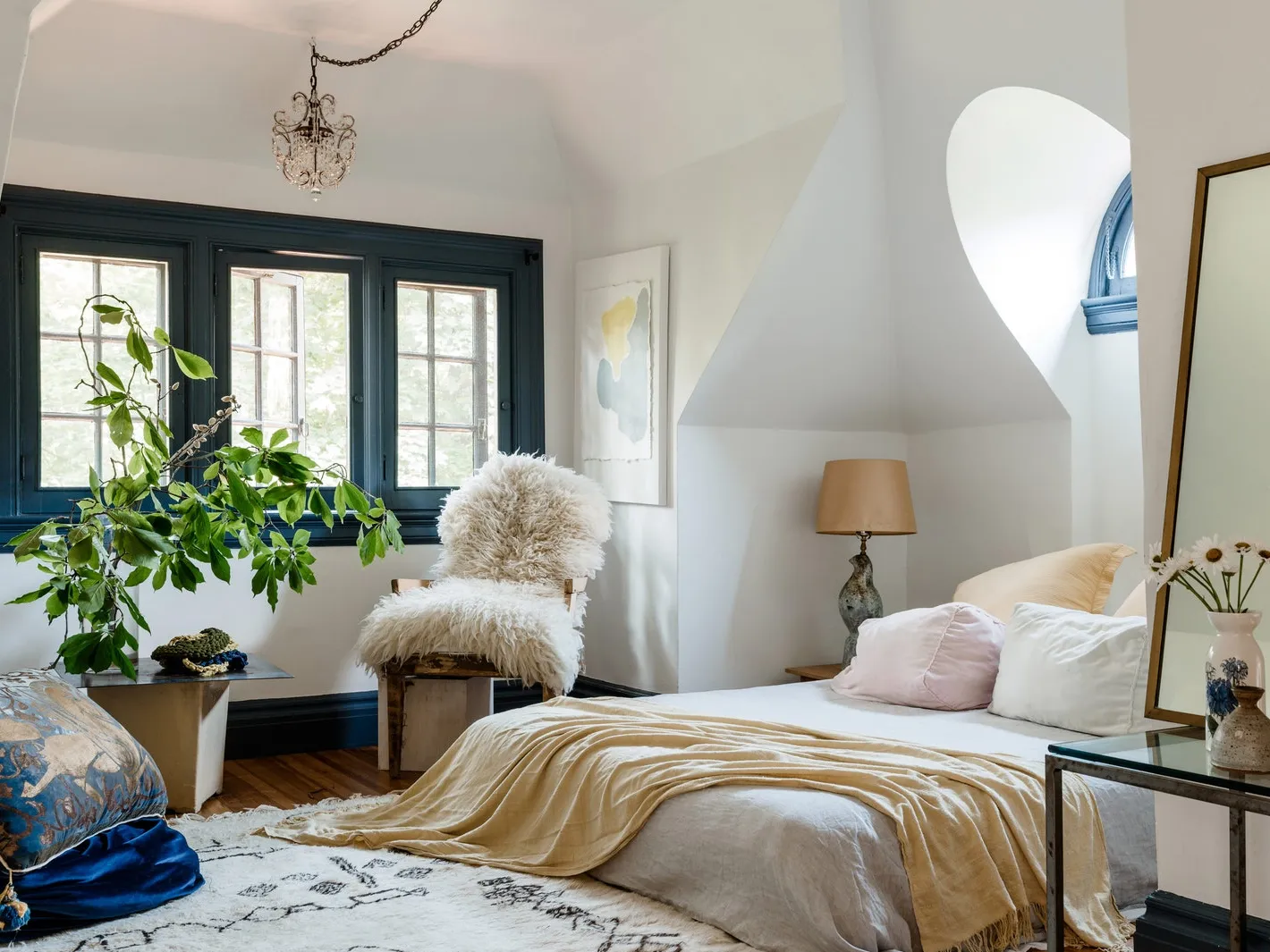
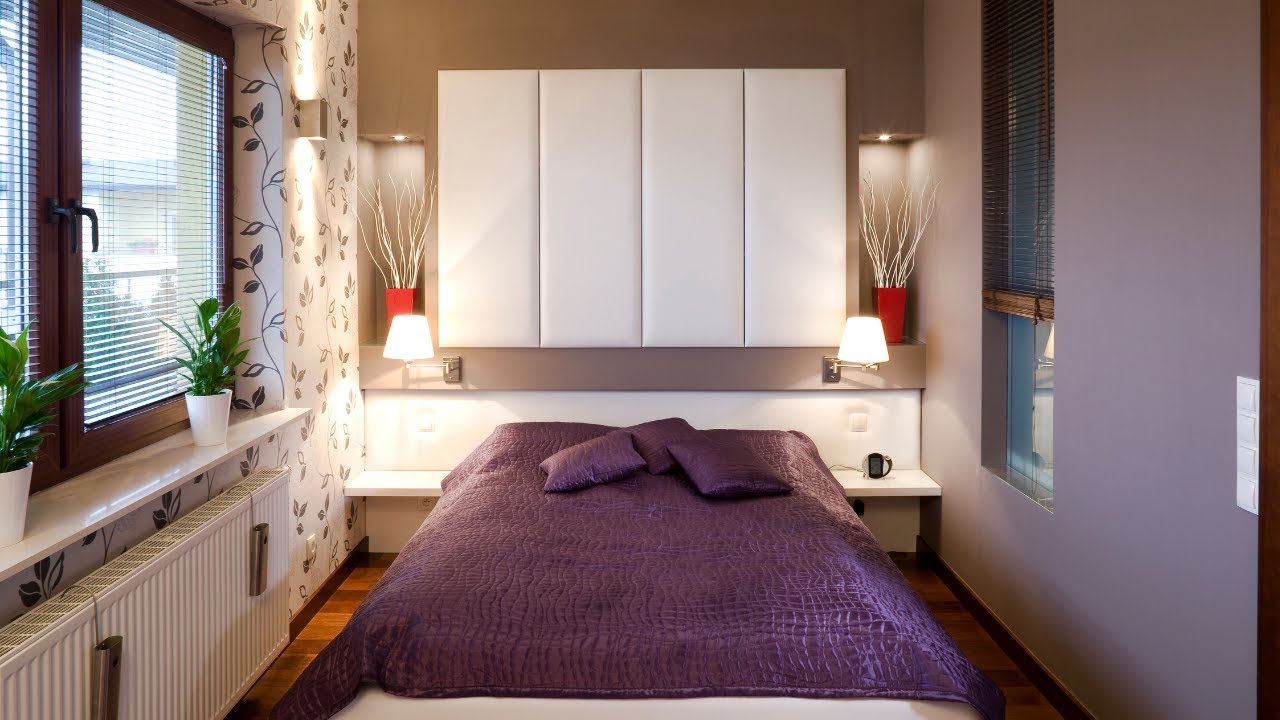
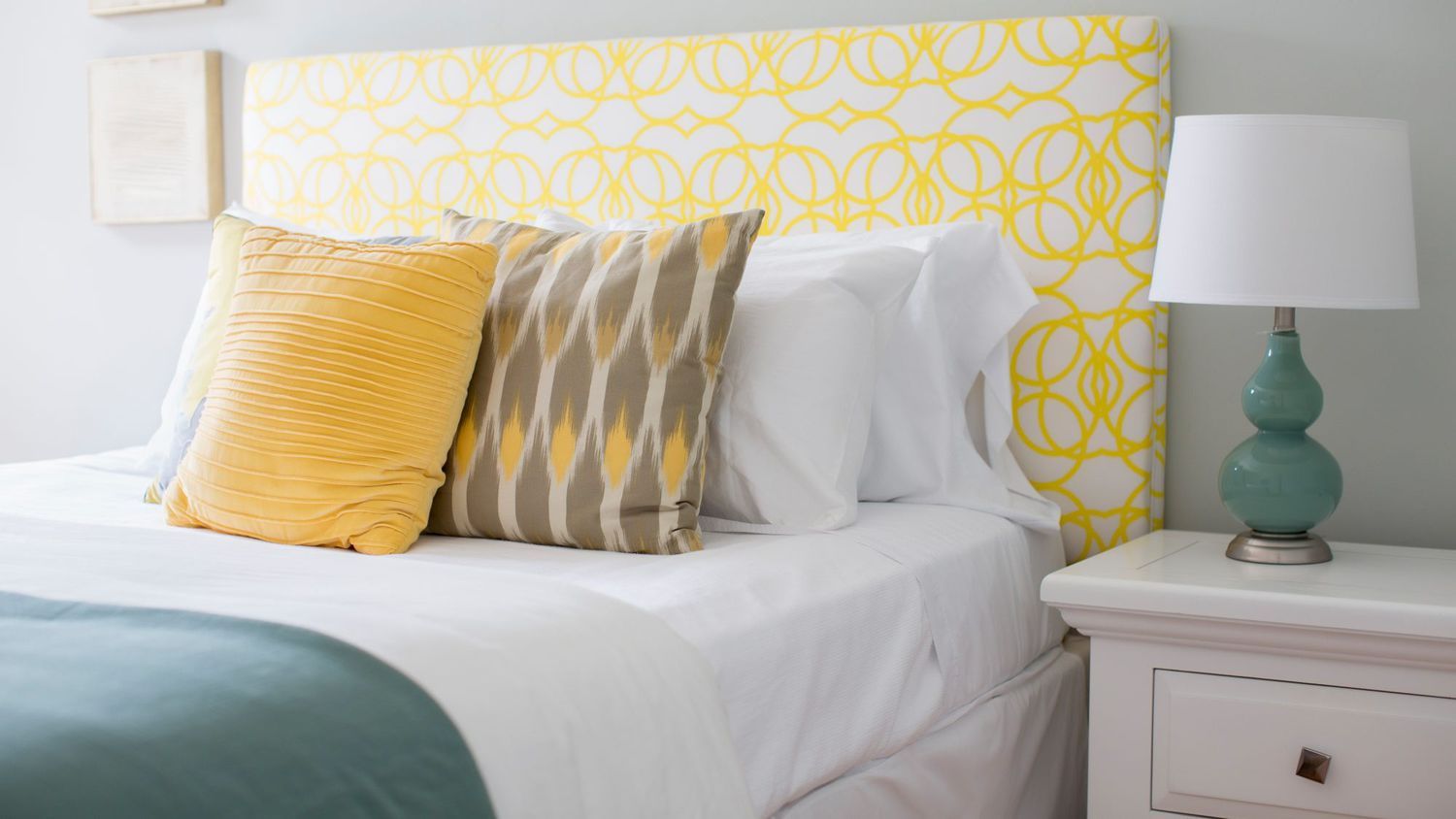
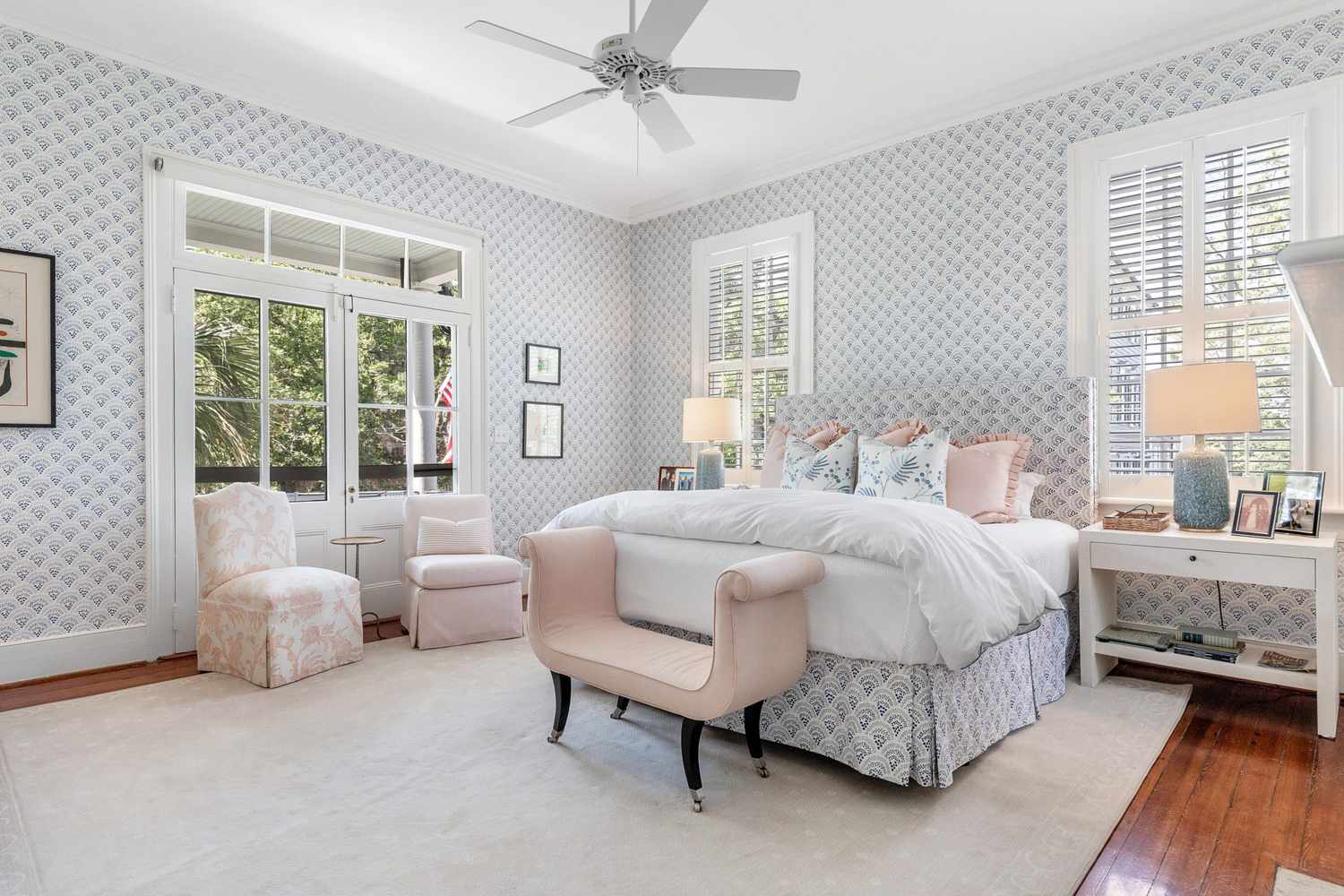
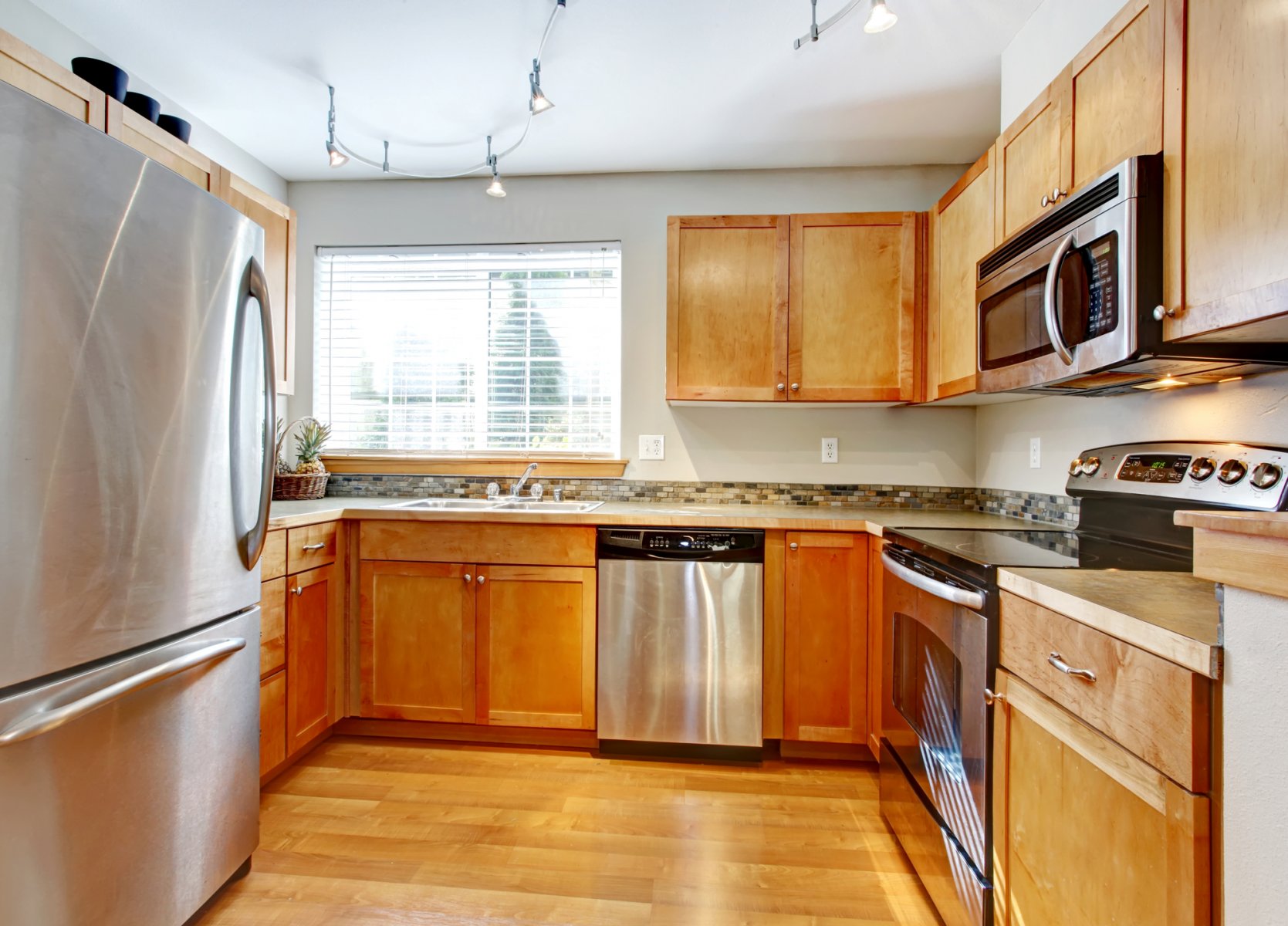
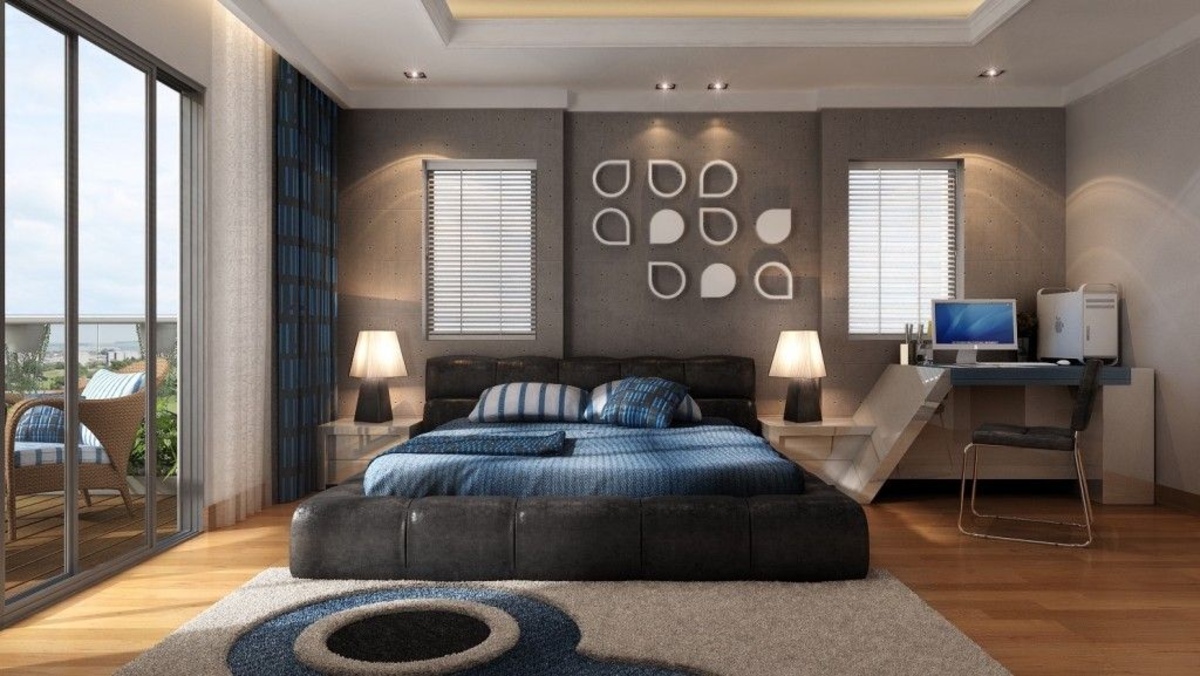
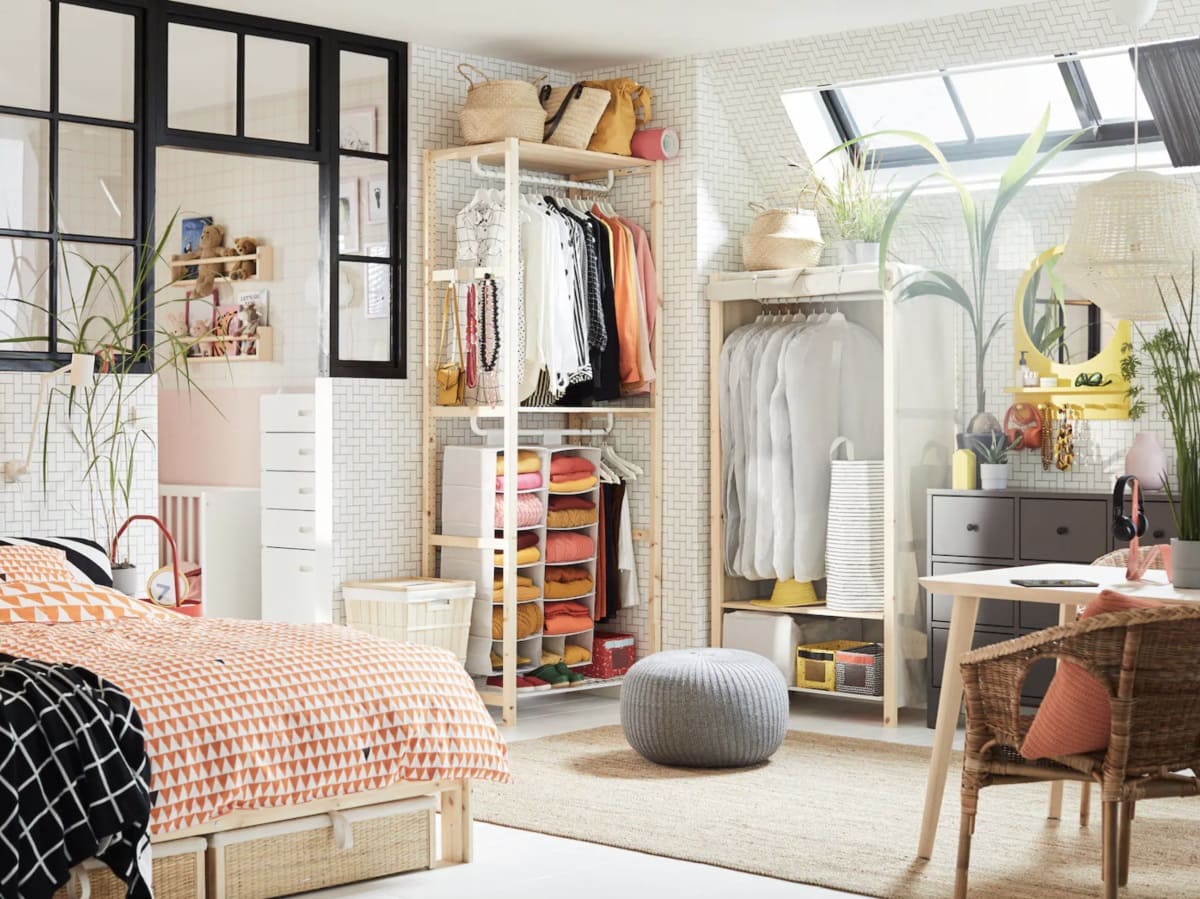

0 thoughts on “Children’s Small Bedroom Ideas: 20 Space-smart Designs”